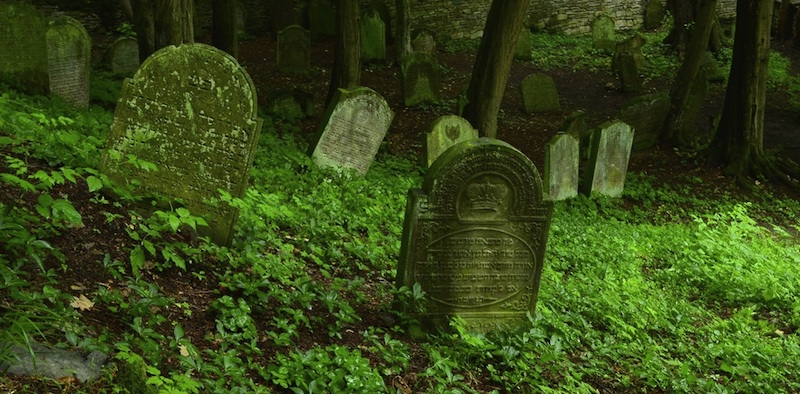'Dead' Man Walks Again ... But Why?

In Zimbabwe, mourners attending a funeral recently were stunned when the "dead" man came back to life. According to a story in the Daily Telegraph, "Family and friends were filing past a coffin with the remains of Brighton Dama Zanthe, 34, when one of them noticed the dead man's legs twitching.
"I was the first to notice Zanthe's moving legs as I was in the queue to view his body," said one of the mourners, Lot Gaka, who employs the man at his transport company. "This shocked me. We called an ambulance immediately. It's a miracle and people are still in disbelief."
It's fortunate that Zanthe recovered in time, though not quite a miracle. Stories of people assumed dead but waking up just before burial are weird, but are more common than most people think — especially in Third World countries where modern medical treatment is rare, and confirming death may sometimes be little more than guesswork.
Consciousness does not suddenly stop when the heart stops beating, and people who appear dead in some cases may not be. Cases of people who were presumed dead but woke up shortly before burial — or, in some horrific cases, shortly after burial — have been around for millennia, and may have contributed to belief in vampires and zombies.
Fears of premature burial obsessed many in the Victorian era and in fact some caskets were equipped with tubes and equipment leading to the surface so that bells and flags could be raised to alert groundskeepers in case the “dead” awoke.
Testing for Death
Sign up for the Live Science daily newsletter now
Get the world’s most fascinating discoveries delivered straight to your inbox.
In centuries past, doctors used a variety of curious methods to determine death, ranging from holding a mirror under a person's nose to detect moisture in their respiration to pricking the eyes with needles. Usually those sorts of crude measures are enough, but every now and then the vital signs will be too shallow to detect.
The same remains true today, and sometimes medical monitoring machines make errors. Doctors are only human and sometimes they make mistakes. Medical personnel typically don't spend any more time than necessary with patients they believe to be dead. Instead they, quite reasonably, turn their attention and resources to the injured or diseased patients who they know are living. No one has the responsibility of staying with the dead for hours or days to make sure that they stay dead.
VIDEO: Why We're Obsessed With Zombies
It wasn't always the case. In his book "Buried Alive: The Terrifying History of Our Most Primal Fear," researcher Jan Bondeson notes that in the late 1700s French doctors were so concerned about premature burial that they proposed that all major cities in France should have special "waiting mortuaries," in which the recently deceased would be laid out in rows on floors or tables and carefully watched by monitors who would wander among the corpses looking for signs of anyone coming back to life. It was only at the point in which the bodies would begin bloating and putrefying that the corpse would finally be considered dead enough and sent for burial.
Sharon Hill, a blogger at Doubtful News.com, points out another reason why these cases are rarer in Western countries: "People are not embalmed as in other countries prior to burial." Indeed, the same chemical process that preserves the dead and makes them suitable for public viewing also assures that the people really are dead.
This story was provided by Discovery News.











